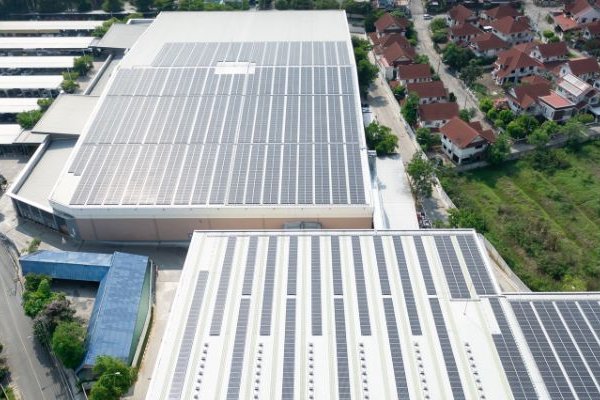Differences Between Flat and Pitched Commercial Roofs

Whether you’re a contractor or business owner, it’s important to understand the different design elements of your building. For example, you should know the popular types of commercial roofing for building or maintenance purposes. Keep reading to learn the characteristics and differences between flat and pitched commercial roofs and explore factors such as their construction process, materials, costs, and required maintenance.
Characteristics of Flat Roofs
Flat roofs are aesthetically appealing and cost-effective for many commercial buildings. They create space for rooftop installations such as HVAC systems, solar panels, or gardens. Flat roofs require less material and labor during construction, resulting in lower initial costs. They employ a waterproof membrane to protect the building from moisture. However, due to their structure, flat roofs are susceptible to pooling water. Also, they require regular inspection and maintenance to prevent issues.
Characteristics of Pitched Roofs
Pitched roofs feature a sloped design and are less prone to water accumulation, leading to enhanced durability and less frequent maintenance needs. Pitched roofs often contain materials like metal, asphalt shingles, or clay tiles. However, they can be more expensive to install due to the complexity of their construction and the requirement for structural support. Additionally, some commercial building designs aren’t compatible with pitched roofs, and the construction process can be quite disruptive to the building residents.
Key Differences Between Flat and Pitched Roofs
When deciding between flat and pitched commercial roofs, consider factors like layout, location, budget, and desired appearance. While flat roofs are economical and offer ample space for installations, they may require more maintenance than pitched roofs. However, by choosing high-quality roofing materials and a trusted commercial roof installation company like Nasi Roofing, you’ll get a durable and well-fitted flat roof. Pitched roofs provide optimal weather resistance and longevity but may come with higher initial construction costs.
The construction process for both roofing systems varies significantly. Flat roofs are more efficient to install. In contrast, pitched roofs require more complex installation that includes framing, sheathing, and various roofing materials.
The materials in both roofing systems also differ. Flat roofs have waterproof membranes, while pitched roofs employ shingles or tiles.
You should weigh the differences between flat and pitched commercial roofs before choosing. Evaluate factors such as location, weather, budget, and maintenance requirements to choose the best roofing system for your commercial building. If you’re looking for a durable, trustworthy flat roofing option for your commercial building, trust Nasi Roofing to deliver a high-quality Duro-Last roofing system.
